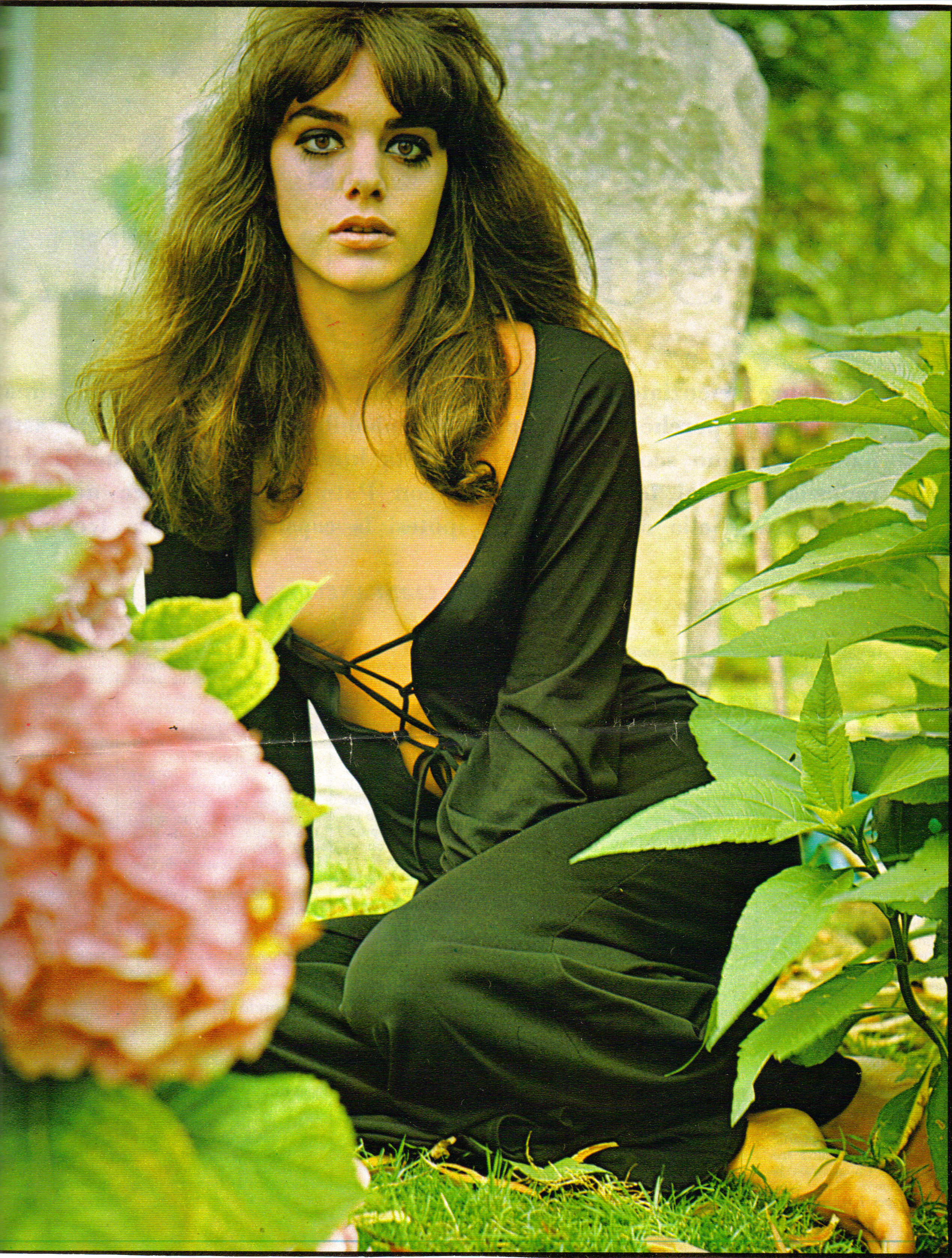 On a recent late August evening I visited the
On a recent late August evening I visited the I don’t believe in the supernatural. In fact, such a thing is a flat contradiction in terms and cannot exist: if something exists, it is real and therefore natural. Nothing can be above or beyond the natural world.
Ultimately the supernatural does a disservice to reality and to the human imagination. Horrible things happened in this
People will always want their ghost stories, but it seems that the exploitation of horror takes precedence over understanding what drove these people to do what they did, or to contemplate the finality and surety of their lives.
If ghosts exist, then one day they will be quantified by science. If they exist they are natural. But as it stands they are all hoaxes and misunderstandings, the results of the human mind’s many failings, its desire to impose structure, to see patterns, to see human faces, in the seeming randomness of nature. It bears repeating: we impose patterns over the terrible chaos that is life; we refocus and refocus so that our POV is of years and bodies and emotions, not of quarks and supernovas and misfiring synapses.
I can’t deny there was a creep factor to the jail, but you can find this in any old structure that drips with age and decay, with rusted iron fixtures and imposing steel doors. Shirley Jackson and H.P. Lovecraft, perhaps the two greatest horror writers of the 20th century, understood this; age and loneliness terrify us. As for me, the only chill I felt was within myself when hearing of the wretched crimes of both those who were imprisoned there, and of those supposedly in charge.
Why in the world would a person’s ghost haunt the place of its gravest and darkest days? It doesn't; I think it’s the psychic toll places like this take on our imaginations now, today, long after the deed is done. We need our ghosts to float these iron stairwells to let us know that once something terrible is done it cannot be undone. Does anyone ever hear of happy lovers haunting a romantic enclave at sunset on a tropical beach? No, because we need nothing there to expunge us of our guilt.
The dead don’t haunt us. We haunt ourselves.

















.jpg)




2 comments:
I guess you've never witnessed an exorcism. Just don't play with the Ouija Board - you don't want to open yourself up to that.
Hmm... even seeing an exorcism wouldn't convince me that there was anything supernatural about it. The human brain hides many secrets, but possession ain't one.
Post a Comment